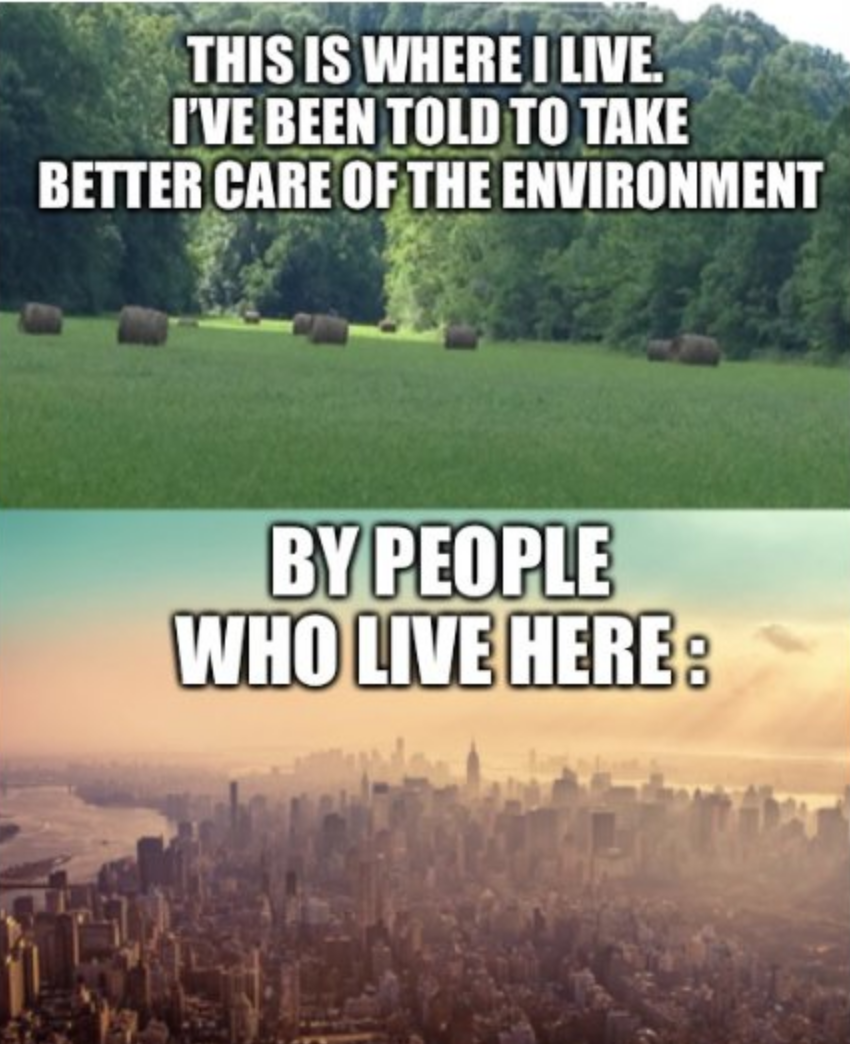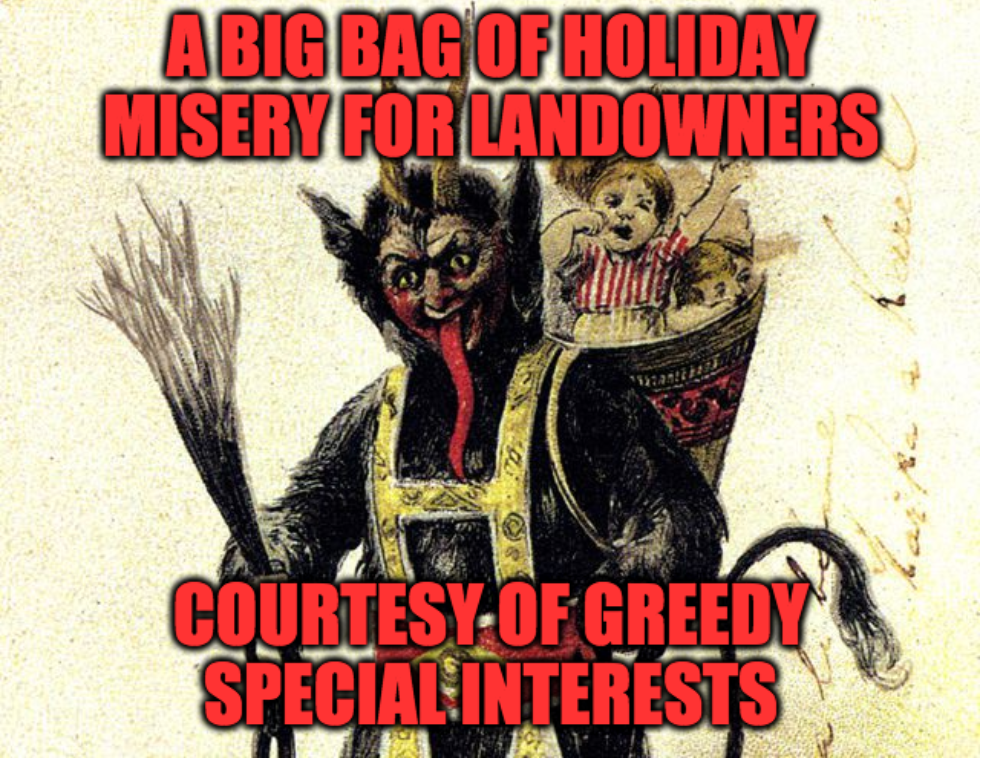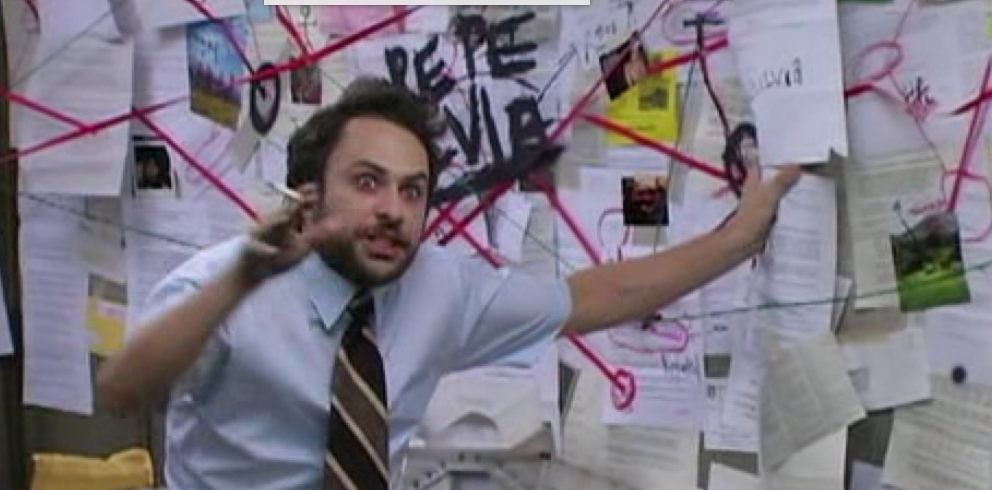A week ago, the U.S. Department of Energy published a notice in the Federal Register entitled, "Notice of Intent To Prepare an Environmental Impact Statement for the Grain Belt Express Transmission Line Project."
You can read the whole thing here, or see the less technical version on GBE's brand new website.
To summarize, GBE has applied for a federal loan guarantee to build "Phase 1" of its project. This taxpayer-funded gravy train is administered by the DOE, and because it now involves the federal government in the GBE project, the government is required to conduct an Environmental Impact Study under federal law (National Environmental Policy Act, or NEPA).
Title XVII of the Energy Policy Act of 2005 (EPAct) established a federal loan guarantee program for certain projects that employ innovative technologies. EPAct authorizes the Secretary of Energy to make loan guarantees available for those projects. Grain Belt Express, LLC (Applicant), has applied for a loan guarantee pursuant to the DOE Renewable Energy Project and Efficient Energy Projects Solicitation (Solicitation Number: DE-SOL-0007154) under Title XVII, Innovative Energy Loan Guarantee Program, authorized by the EPAct. The primary goal of the program is to finance projects and facilities in the United States that employ innovative and renewable or efficient energy technologies that avoid, reduce, or sequester anthropogenic emission of greenhouse gases (GHGs).
But I'm much more concerned about the federal government "loaning" GBE billions of dollars to construct a project that doesn't have an adequate revenue stream to pay back the loan. What kind of a government geek thought this would be a good idea? What kind of due diligence have they performed? Doesn't sound like it was much... and that's how Solyndra happened. The government loaned taxpayer funds to a company it didn't really investigate and the company went belly-up before repaying the loan. That means that the taxpayers were never repaid. But Solyndra lived high on the hog on taxpayer funds before the bill came due. All that money... gone with the wind simply because some government functionary was lazy or under political pressure to approve a loan that any rational banker would run away from. And here's another worry... what if GBE also has applied for a taxpayer-funded "capacity contract" from the DOE? In that instance, DOE would pay GBE for its project (although it wouldn't actually USE it) for a period of 40 years. So, what if GBE repays the taxpayer loan with taxpayer capacity contract funds? Does that mean that we would repay the loan we made to GBE? This is the epitome of bloated government waste. Just throw around a bunch of taxpayer funds and "clean energy" will magically happen! Or maybe a bunch of well-connected rich guys will simply fill their pockets and zoom off into the sunset. That's probably more like it!
Meanwhile, the DOE must evaluate the environmental effects of GBE, and it wants to do it in record time.
The first step of this process is what they call "scoping." The scoping process collects public comment and uses that to set the parameters of what will be studied. They want to hear your thoughts on
Potential impacts on resources include, but are not limited to, impacts (whether beneficial or adverse; short term or long term) on air quality and GHG emissions; soils and paleontological resources; water resources, including surface and groundwater and floodplains; vegetation, wildlife, and special-status species; land use and recreation; socioeconomics and environmental justice; public health and safety; cultural resources and Native American traditional values; transportation; visual resources; and noise.
LPO will hold six public scoping meetings for the project, four in-person and two virtual meetings, at the following dates and times (Central Time). Registration for the virtual public meetings may be completed at the following web links:
• Wednesday, January 25, 2023, 11:30 a.m.-1 p.m., virtual meeting on Zoom ( https://us06web.zoom.us/webinar/register/WN_NOQzgumNTpOAIL5UoLVIeA)
• Thursday, January 26, 2023, 5 p.m.- 6:30 p.m., virtual meeting on Zoom ( https://us06web.zoom.us/webinar/register/WN_D619NGe1TGqMH0fcHx5SSA)• Tuesday, January 31, 2023, 11 a.m.-1 p.m. and 4 p.m.-6 p.m., Municipal Auditorium, 201 W Rollins St., Moberly, MO 65270
- Tuesday, January 31, 2023, 11 a.m.-1 p.m. and 4 p.m.-6 p.m., Dodge House Hotel and Convention Center, 2408 W Wyatt Earp Blvd., Dodge City, KS 67801
- Thursday, February 2, 2023, 11 a.m.-1 p.m. and 4 p.m.-6 p.m. Corinthians Hill Event Center, 464 NE 20 Ave., Great Bend, KS 67530
- Thursday, February 2, 2023, 11 a.m.-1 p.m. and 4 p.m.-6 p.m., Fairview Golf Course, 3302 Pacific St., St. Joseph, MO 64507
All meetings are open to the public and free to attend.
Once DOE has its alternatives and study parameters, it will study how each alternative effects the environment, and publish a draft study (estimated to be September 2023). The public will once again be asked to comment on the draft study to tell DOE what they got wrong, or what they excluded. DOE will take those comments and revise its study to produce a final Environmental Impact Study (estimated to be July 2024). Once DOE has the final study, it will make a decision on which alternative to pursue no sooner than 30 days after publication.
Seems kind of quick, doesn't it? Especially the scoping period, which begins just one short month after announcing the process on December 16. As if you don't already have enough to do with the holidays and participating in your own state's public utility commission hearings on GBE. Now you just got a whole bunch more work dumped on you. If you can't keep up, then DOE doesn't have to consider your comments and will just give GBE what it wants -- billions of your tax dollars.
I'm not going to go into a long narrative of what you should do here. Please check in with your group leadership to see what the plan is.
Ho Ho Ho from greedy GBE, who doesn't seem to have enough customers to pay for its project and now wants YOU to pay for it. Santa is putting coal in GBE's stocking this year.





 RSS Feed
RSS Feed